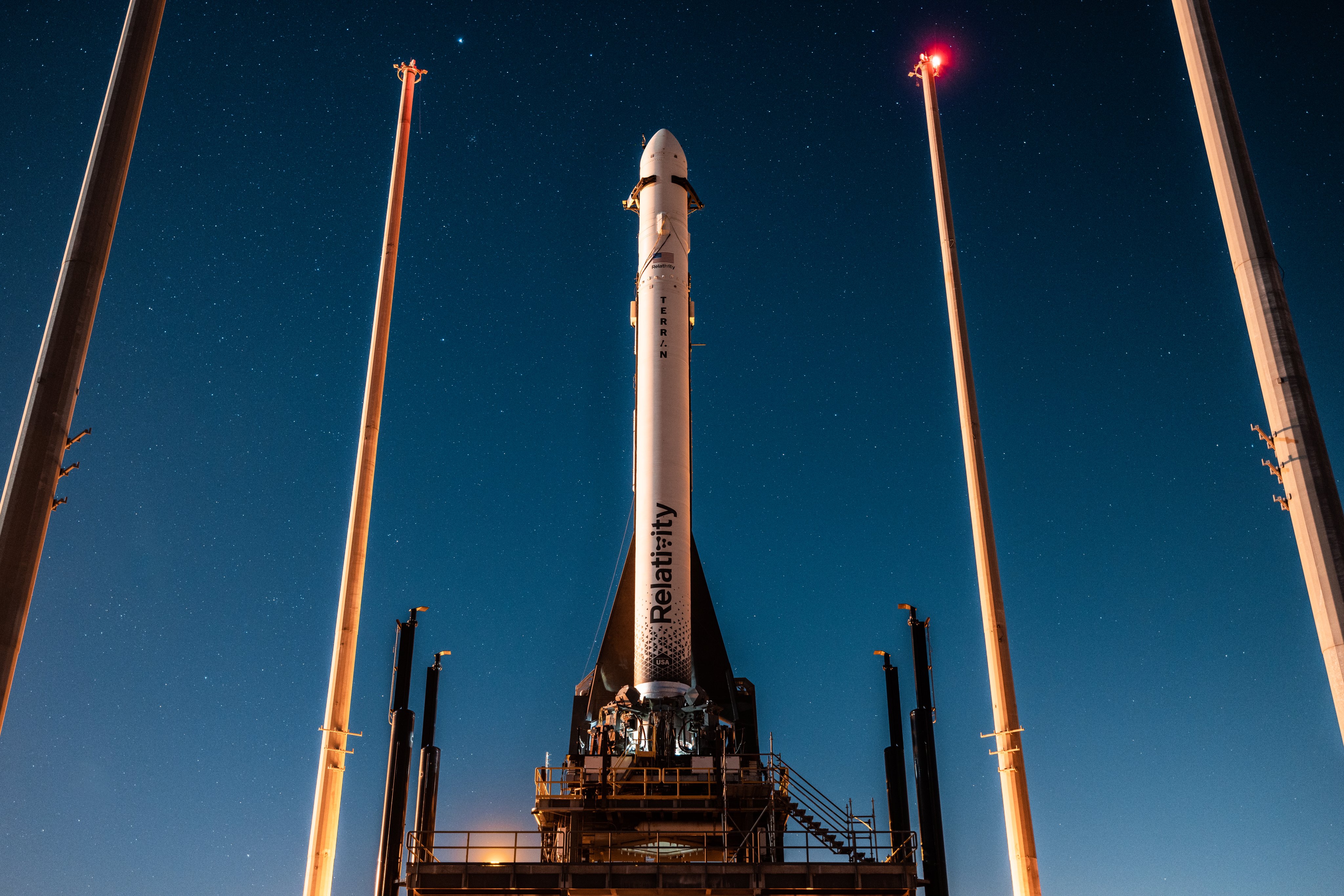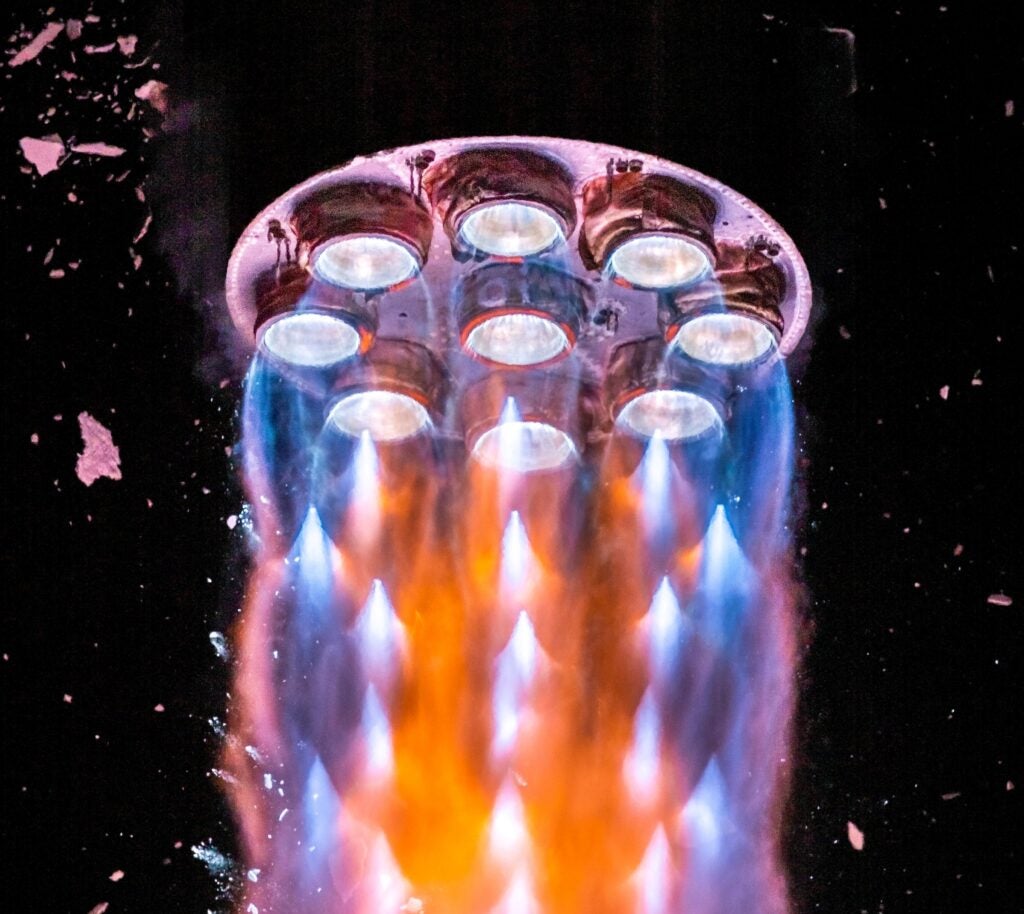Terran 1: Debut Launch of The World’s First 3D-Printed Rocket
The world’s first 3D-printed rocket, Terran 1, took to the skies on 23 March and completed a full first-stage burn. Unfortunately, like the Japanese H3 flight earlier this month, the second stage failed to light so orbit was not achieved. However, unlike the H3 this rocket merely carried a dummy payload since failure was anticipated. Indeed this was the first time a large 3D-printed metal structure had undergone the intense stress of supersonic flight. So despite not reaching orbit, the test was a great success in proving the structural methods and the first stage design.

Built by Relativity Space in California, the Terran 1 was also the first American methane-powered vehicle to reach space, with the Chinese ZQ-2 beating it to become the world’s first in December of last year. Neither vehicle achieved orbit so that title remains for the taking. Methane will soon dominate the launch industry with nearly every major future vehicle adopting it including ULA’s Vulcan, SpaceX’s Starship, and Blue Origin’s New Glenn.

With another flight or two, Terran 1 will mature into a light launch vehicle and has already secured a US Department of Defense contract through the Defense Innovation Unit. This was followed by a Space Force contract worth up to $986 million for approximately 20 launch missions. With a payload of 1,200kg, the rocket can service satellites that don’t require the 15,000kg capability of the Falcon 9 or Atlas V that currently loft military payloads.
This investment will also help mature the cutting-edge technology of 3D printing large aerospace structures that may revolutionize the industry. Terran 1’s primary purpose isn’t to be commercially successful but to mature technology for the larger reusable Terran R which will compete with SpaceX’s Falcon 9. Currently, the Falcon 9 has a near monopoly on the commercial and government launch market so the opportunity for a competitor is significant.

